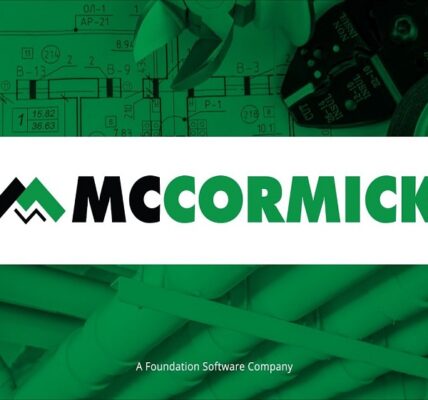Cloud computing has totally changed how businesses work and give out services. What is cloud computing? It’s a way to get different computer services like servers, storage, databases, and more through the internet. This means you don’t have to own or manage the actual equipment.
There are different types of cloud computing that fit different business needs. Service models tell you what kind of service you’re getting, and deployment models tell you where and how it’s delivered. Knowing these can help you pick the best option for your business.
Cloud Computing Service Models
These models focus on the type of service offered. There are three main kinds:
Infrastructure as a Service (IaaS)
IaaS lets you rent virtual machines, storage, and networks over the internet.
Key Characteristics:
- Flexibility: You control the infrastructure and set it up as needed.
- Scalability: You can adjust resources based on demand.
- Control & Customization: You get lots of control.
- Management Responsibility: You handle the operating system and applications.
Examples: Amazon Web Services (AWS), Microsoft Virtual Machines, Google Compute Engine
Ideal Use: Great for when you need to change things quickly, like in development environments.
Platform as a Service (PaaS)
PaaS gives you a platform to develop and run applications without worrying about the infrastructure.
Key Characteristics:
- Abstraction: Focus on coding, not infrastructure.
- Automated Management: The platform takes care of many things for you.
- Control & Customization: A good balance of control.
- Management Responsibility: You just focus on making your app.
Examples: Heroku, Google App Engine, Microsoft Azure App Service
Ideal Use: Perfect for web apps where you want to just code and not stress about hardware.
Software as a Service (SaaS)
SaaS gives you software applications online that you can use with just a web browser.
Key Characteristics:
- Accessibility: Use it from any device with internet.
- Maintenance-Free: The provider does all the updates and security.
- Control & Customization: Easy to use but less control.
- Management Responsibility: The provider handles everything.
Examples: Salesforce, Google Workspace, Microsoft 365
Ideal Use: Commonly used for things like office tools, email, and customer management.
Understanding these models helps you choose the right approach for your needs and how much control you want.
Cloud Computing Deployment Models
Deployment models are about how cloud services are set up and given to users.
Public Cloud
This is where providers offer resources like servers and storage online for everyone to use.
Key Characteristics:
- Infrastructure Ownership: Owned by third-party providers.
- Accessibility: Anyone with internet can use it.
- Cost: Pay for what you use, which can save money.
- Scalability: Scale up or down easily.
- Security: Good security, but you share with others.
Ideal Use: Small businesses and startups love this for its cost-effectiveness and flexibility.
Private Cloud
A private cloud is just for one organization and can be accessed online.
Key Characteristics:
- Infrastructure Ownership: Just for one group.
- Control and Customization: Lots of control.
- Security and Compliance: Extra secure for sensitive data.
- Cost: More expensive, so better for big companies.
- Scalability: Limited by what you own.
Ideal Use: Good for industries like healthcare or finance that need extra privacy.
Hybrid Cloud
Hybrid cloud mixes public and private clouds for more benefits.
Key Characteristics:
- Infrastructure Ownership: A mix of both worlds.
- Scalability and Flexibility: Use more resources when needed.
- Cost: Save money by using public clouds for some things.
- Complexity: Can be tricky to manage both types.
Ideal Use: Good for businesses with changing needs, like online stores during busy times.
Multi-Cloud
Multi-cloud uses different cloud providers for different needs.
Key Characteristics:
- Multiple Cloud Providers: Use the best of each provider.
- Vendor Lock-In Mitigation: Less risk of being stuck with one provider.
- Workload Optimization: Pick the best provider for each job.
- High Availability and Redundancy: If one goes down, you have backups.
- Complexity and Integration: Needs good management to work well.
Ideal Use: For complex IT needs or to avoid downtime.
Community Cloud
Community cloud is shared by groups with similar interests, like research or government.
Key Characteristics:
- Shared Infrastructure: Used by a specific community.
- Collaboration and Resource Pooling: Good for working together.
- Regulatory Compliance: Meets special industry rules.
- Limited Scope: Only for certain groups.
- Cost-Sharing: Saves money by sharing costs.
Ideal Use: For groups that want to share expertise and save money, like healthcare networks.
Wrap Up
Cloud computing lets businesses use computer resources over the internet, which can save time and money. It’s key to many organizations today.
Knowing the difference between service and deployment models helps you find what fits your business best.
If you have questions or want to move your business to the cloud, call our tech team at 623.850.5392 or email us at [email protected].










